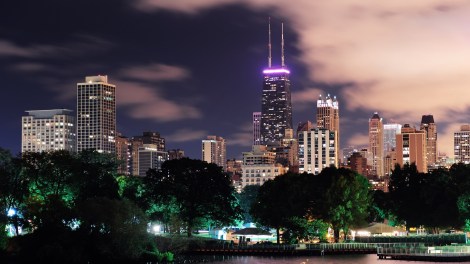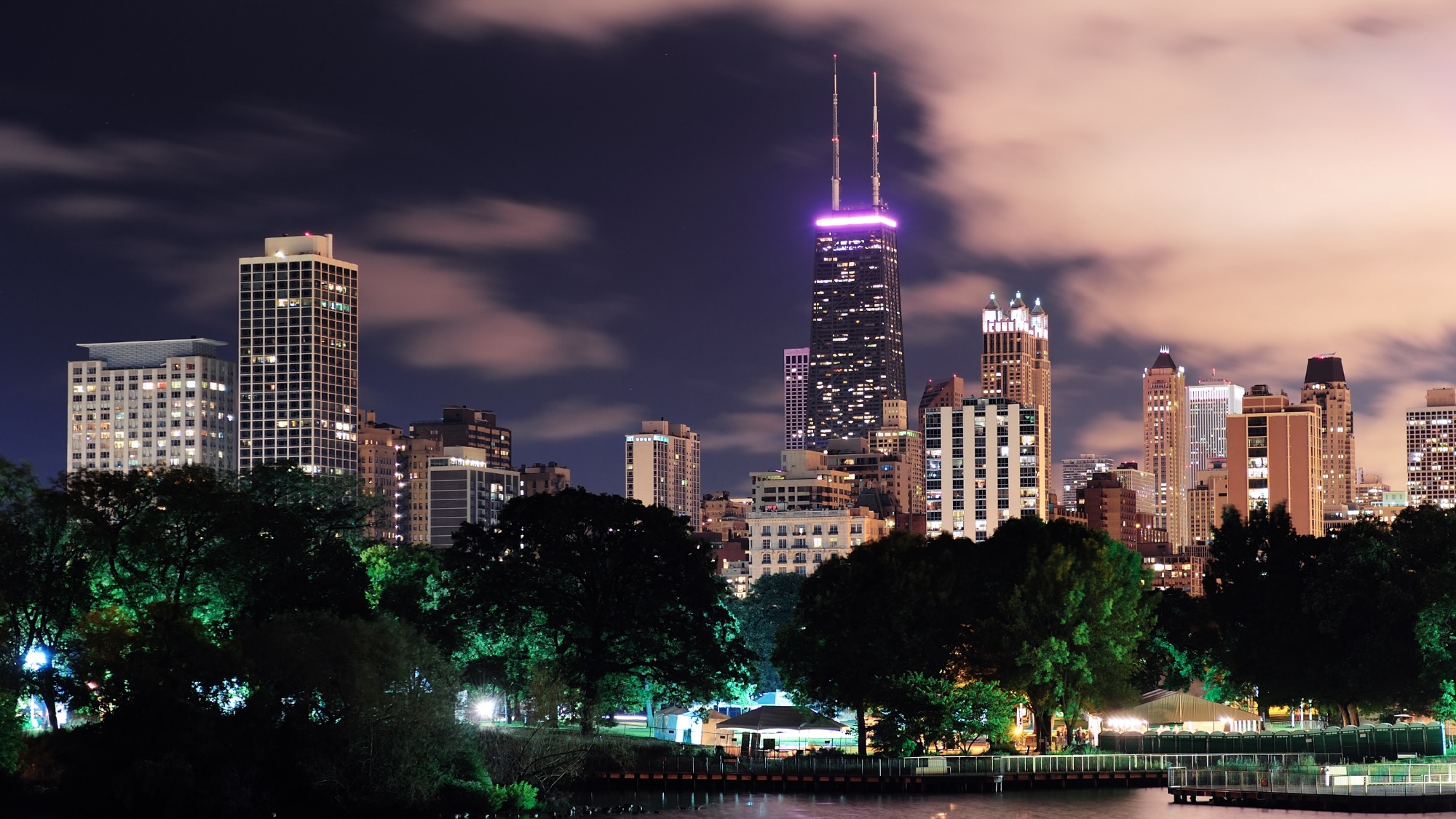
ShutterstockNot bright enough for the mayor.
Chicago has some of the most famous architecture in the world. But the intricacies of its imposing towers shine best when the sun is shining. So Mayor Rahm Emanuel has an idea: lights. Lots and lots of lights. Chicago will launch a worldwide hunt for a firm to design a lighting regime to illuminate the city at night — part of an effort to boost tourism.
But is that wise? Environmentally, it’s a tough case to make.
Birds smash into building facades in the dead of night all the time — and lights are thought to be to blame. Through the Lights Out program, which asks building owners to dim or extinguish as many lights as possible, Chicago has been a trailblazer in dimming nocturnal streetscapes to help protect migratory birds.
And then there’s that whole global warming thing. Drew Carhart of the Illinois Coalition for Responsible Outdoor Lighting, which battles against light pollution, points out that Paris, which Chicago is seeking to emulate, is actually catching up with the times and moving away from its City of Light moniker. The Chicago Sun-Times reports:
Emanuel was ridiculed Friday for suggesting that Chicago be turned into “North America’s city of lights” at the same time that Paris, the global “City of Light,” has toned it down.
Last year, the French Environment Ministry ordered Paris buildings and storefronts to turn off artificial lights between the hours of 1 a.m. and 7 a.m. …
“It’s somewhat ironic that the mayor wants to turn Chicago into the Paris of North America when the Paris of France has finally figured out that creating lots of extra light to dump into the night is both wasteful of money and energy and really bad for the environment,” Carhart wrote in an email to the Chicago Sun-Times.
Leaving Chicago’s whizz-bang new lights on after tourists are sound asleep wouldn’t be the brightest of ideas. And here’s hoping that whichever firm wins the city contract can at least figure out how to use LEDs and other low-energy sources of light to illuminate the city.


